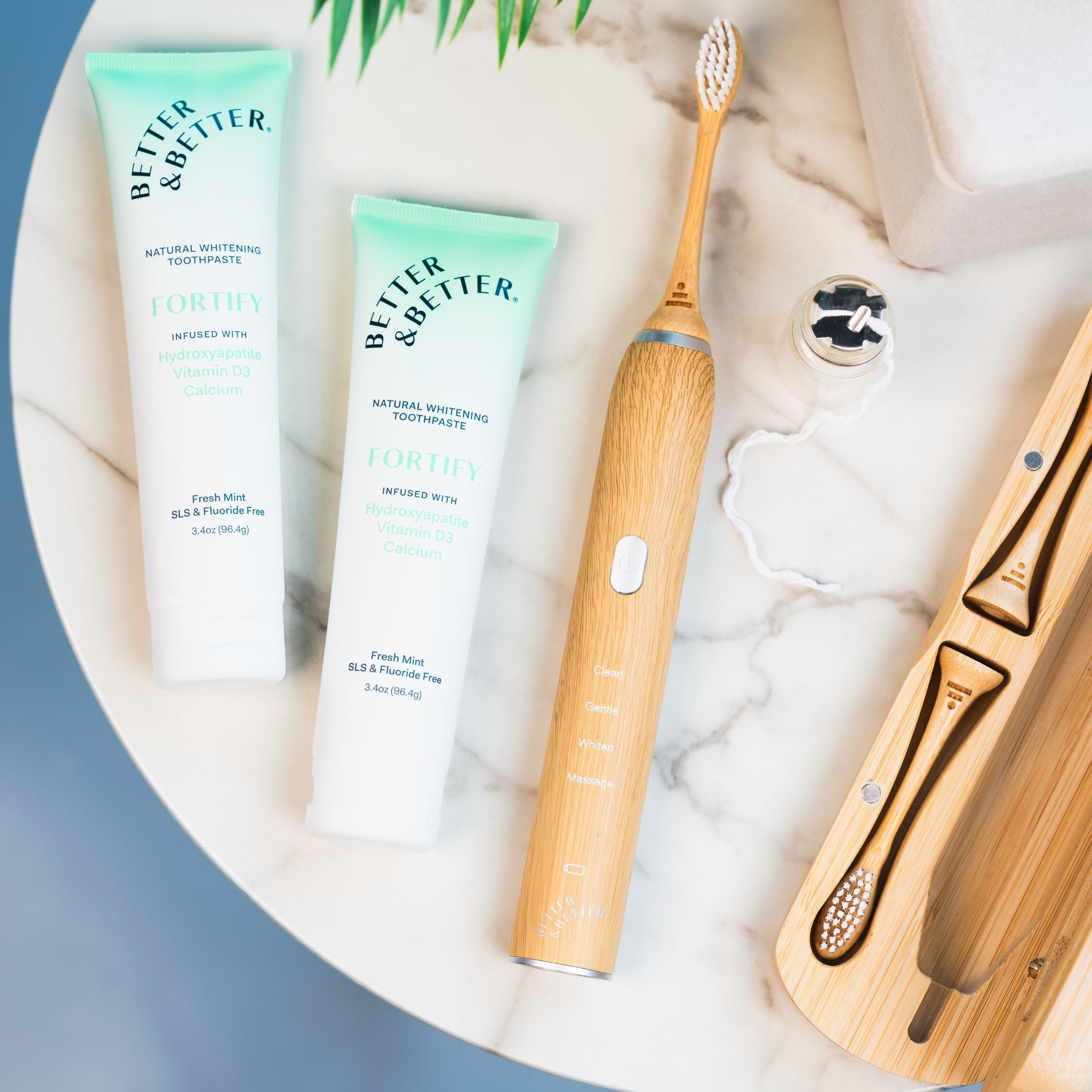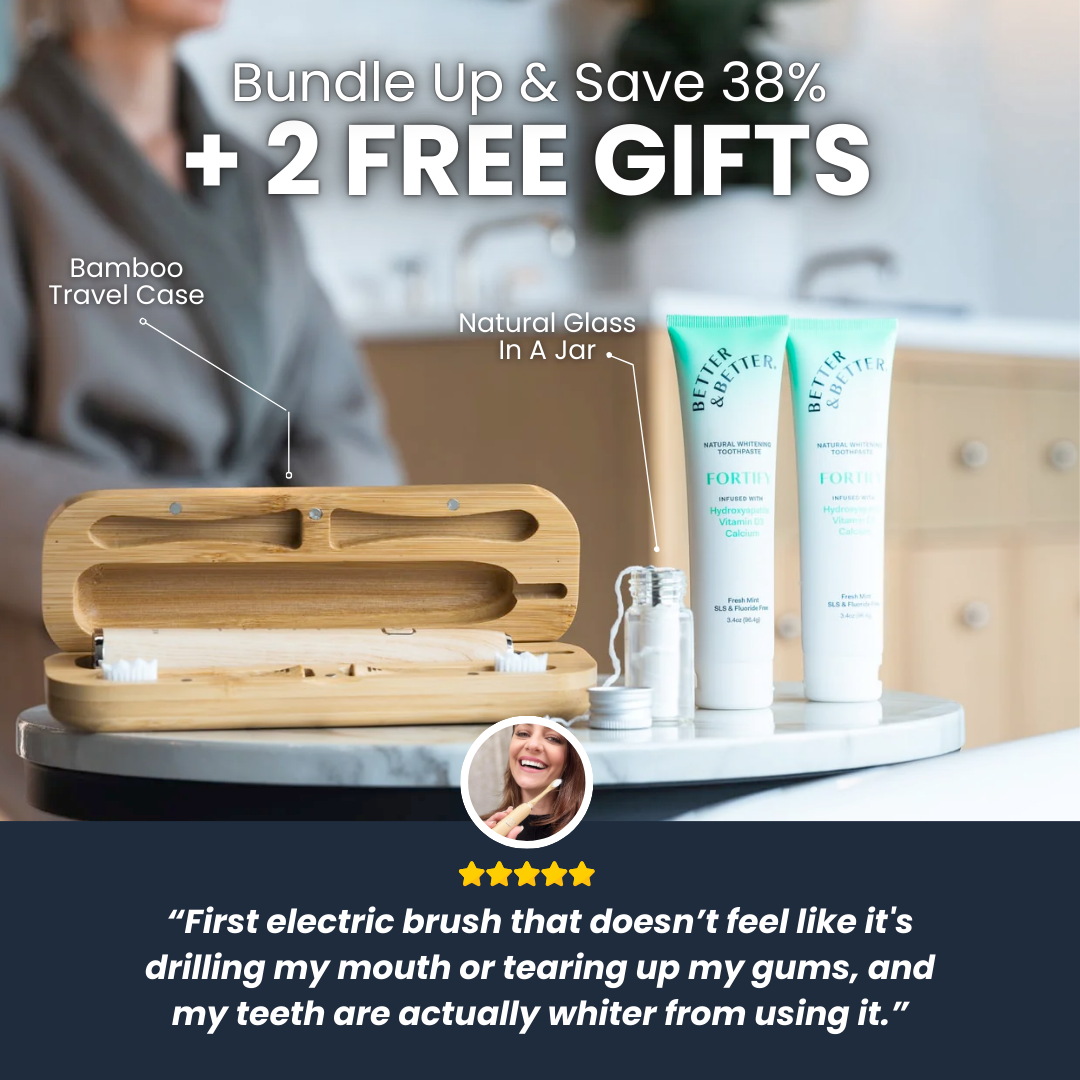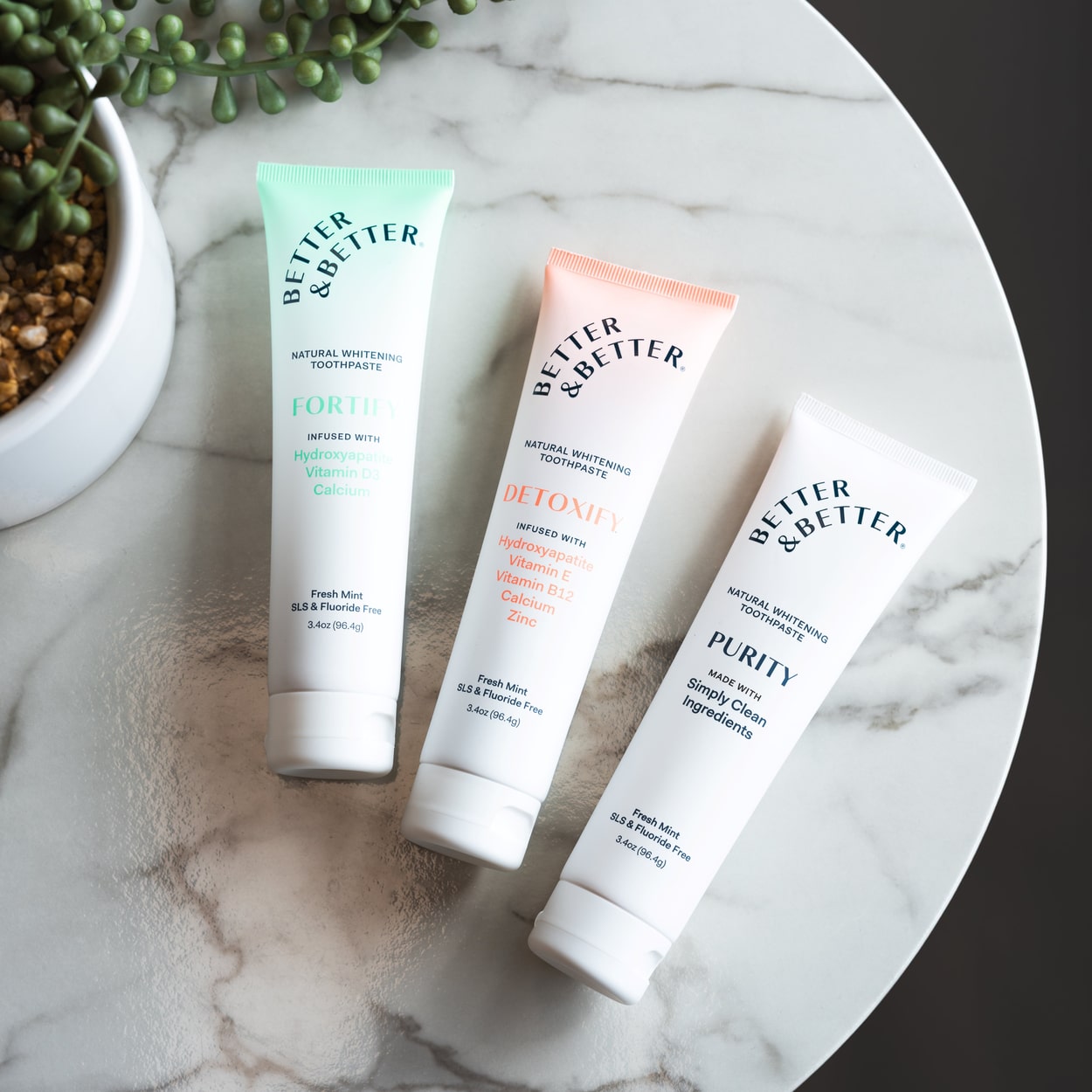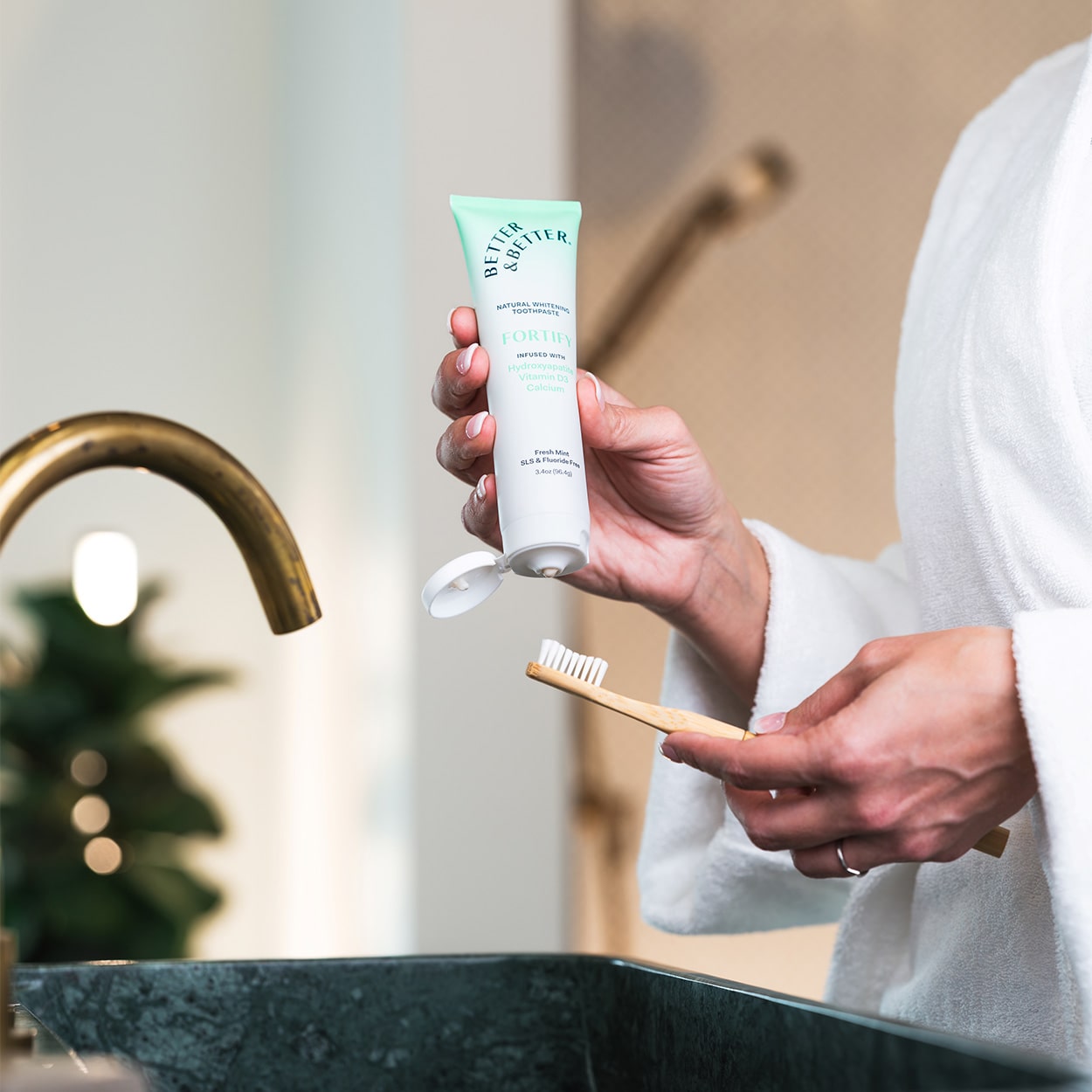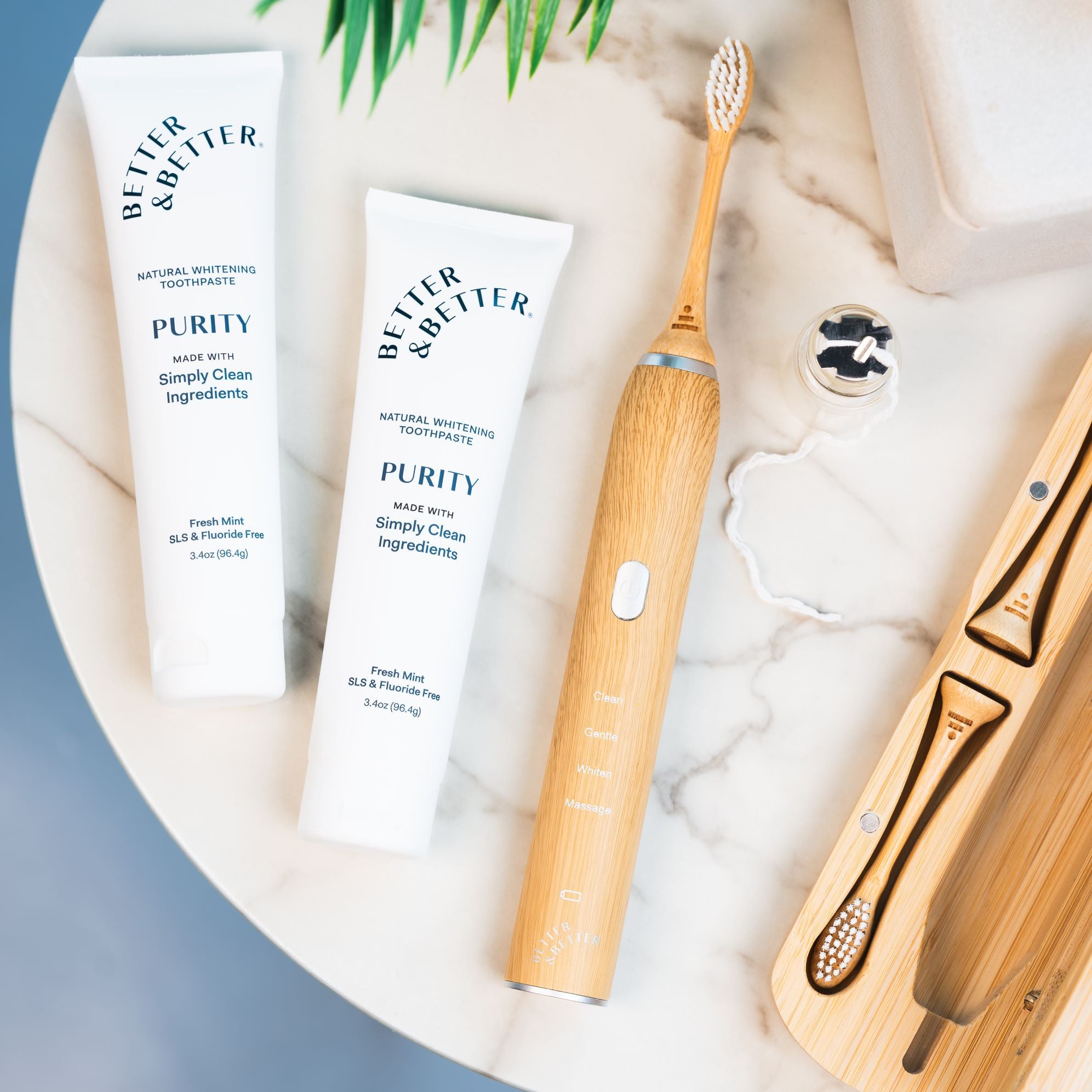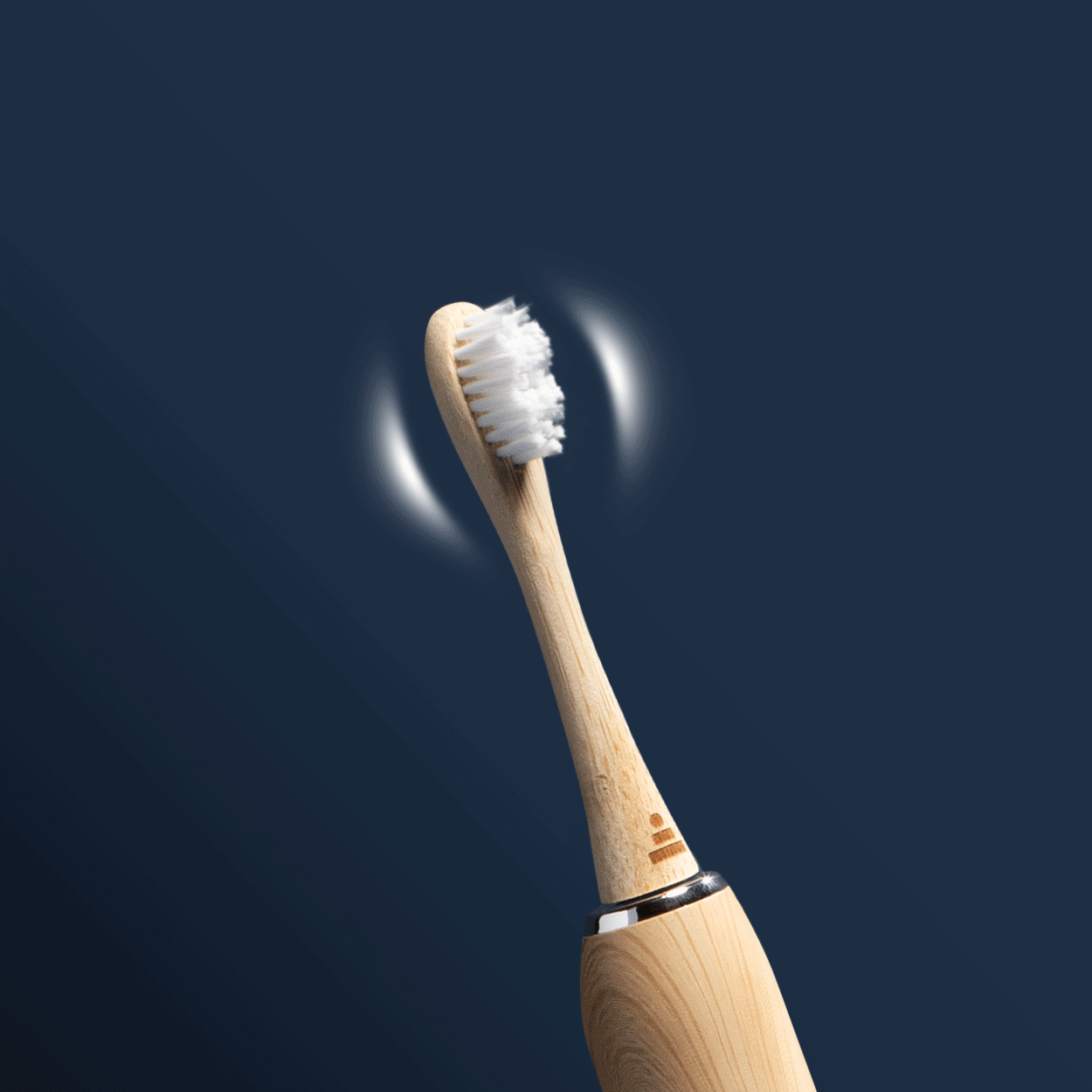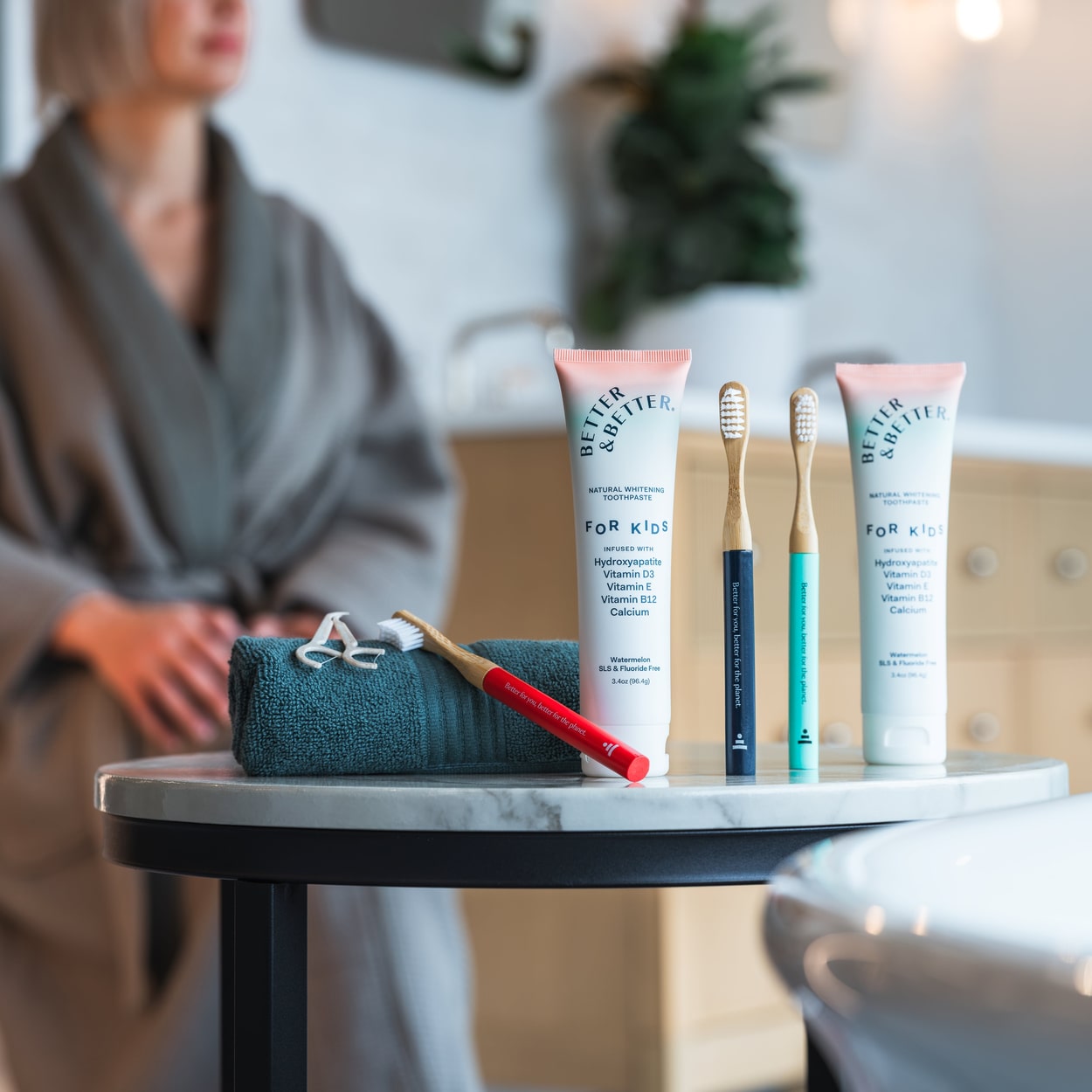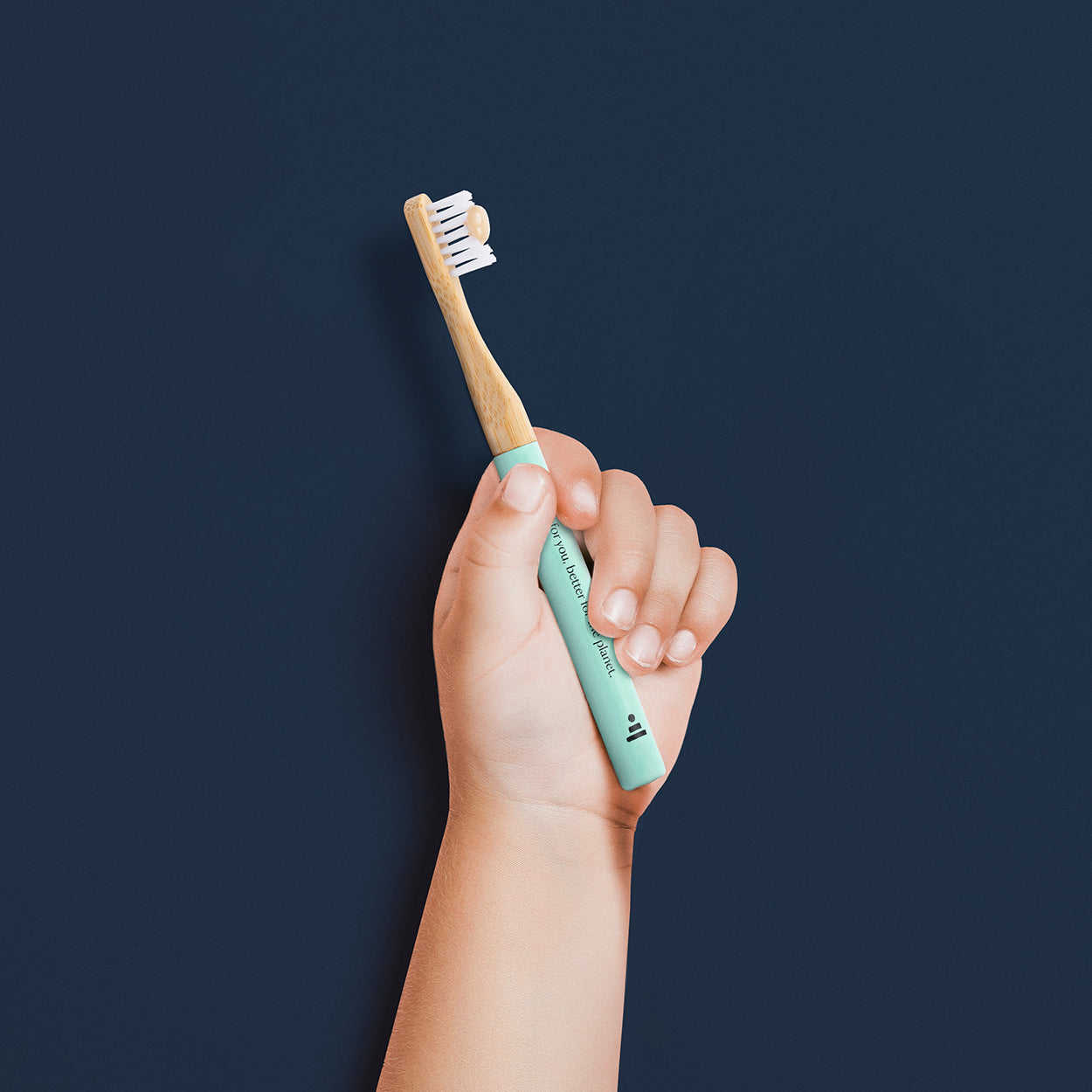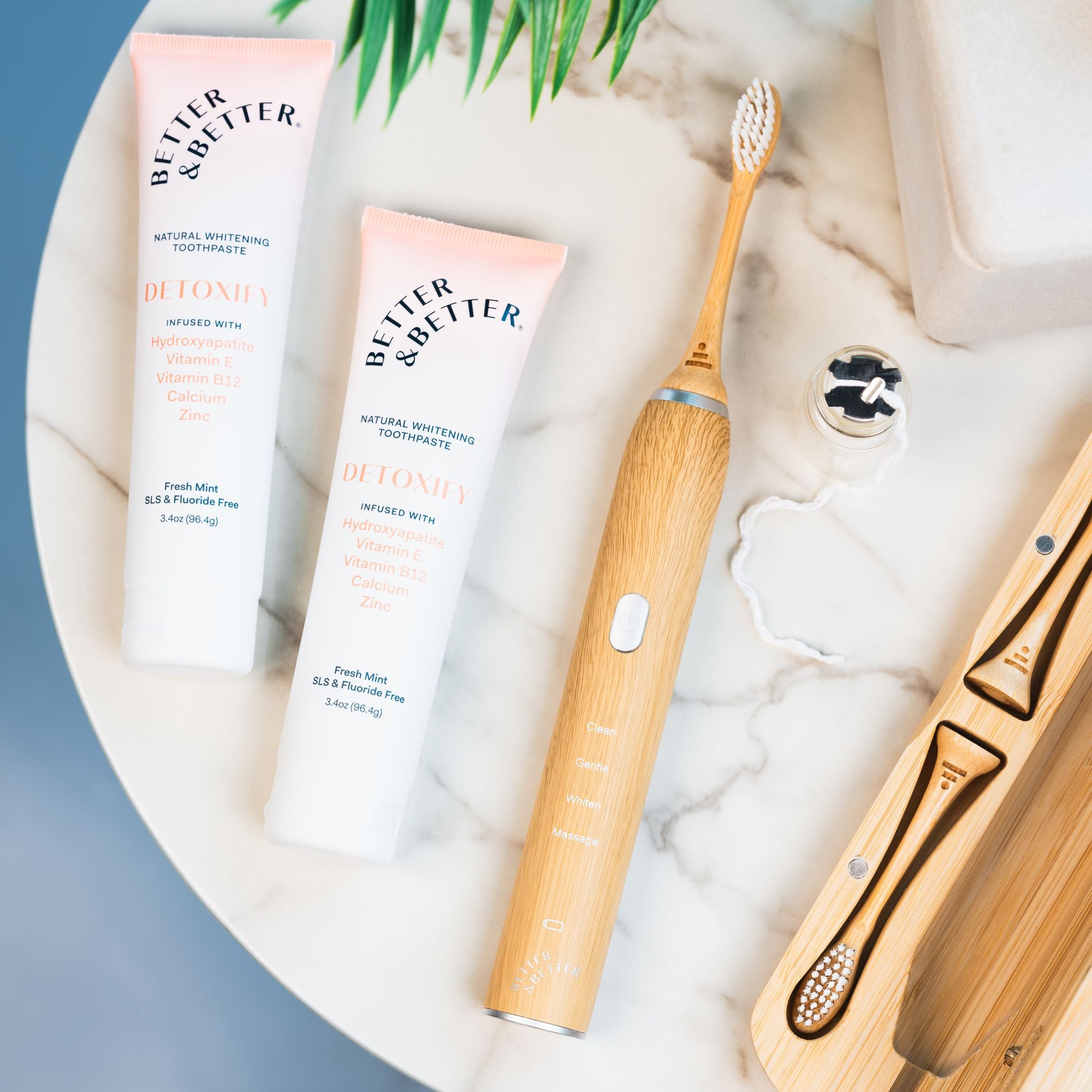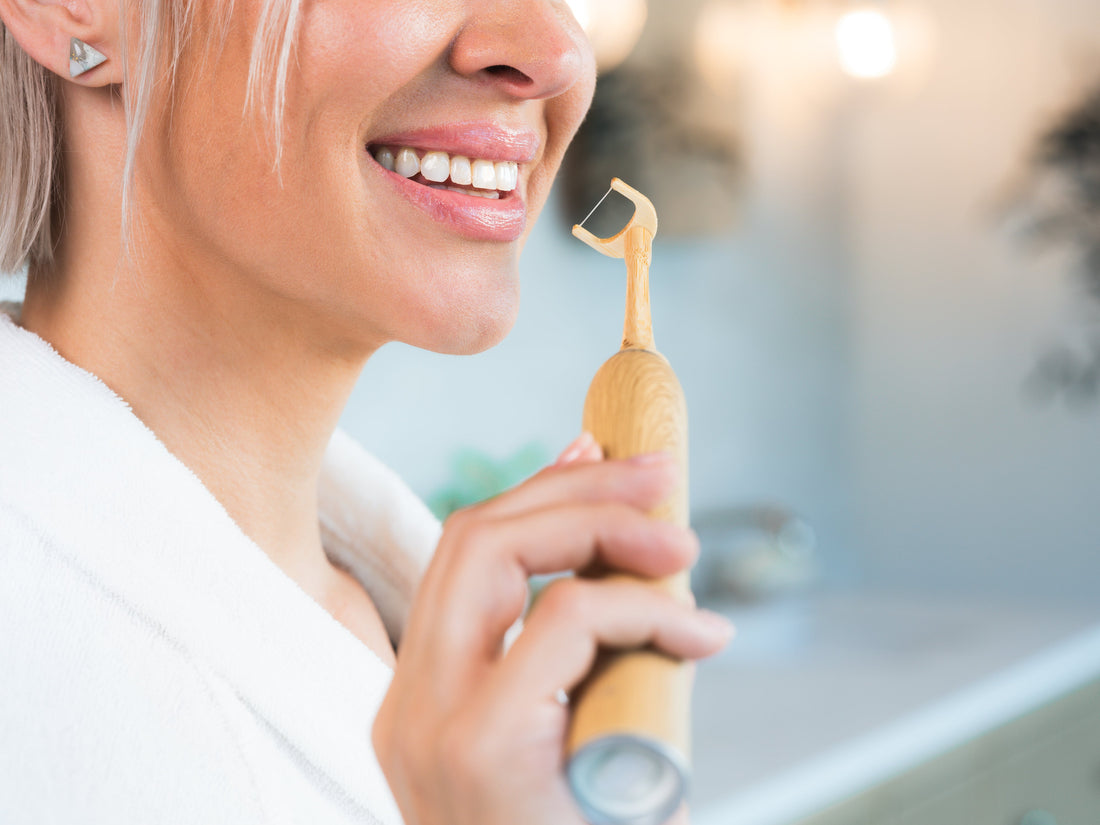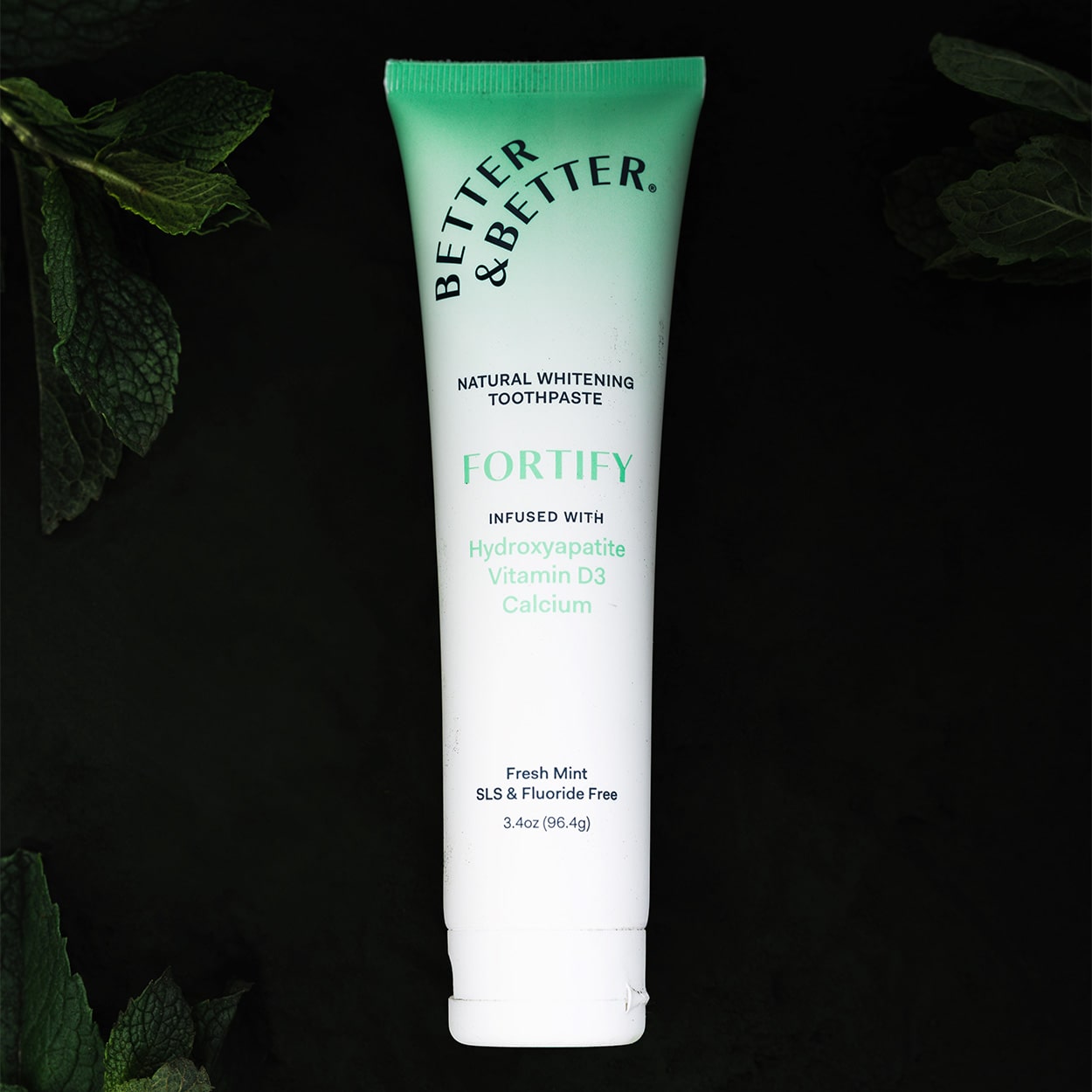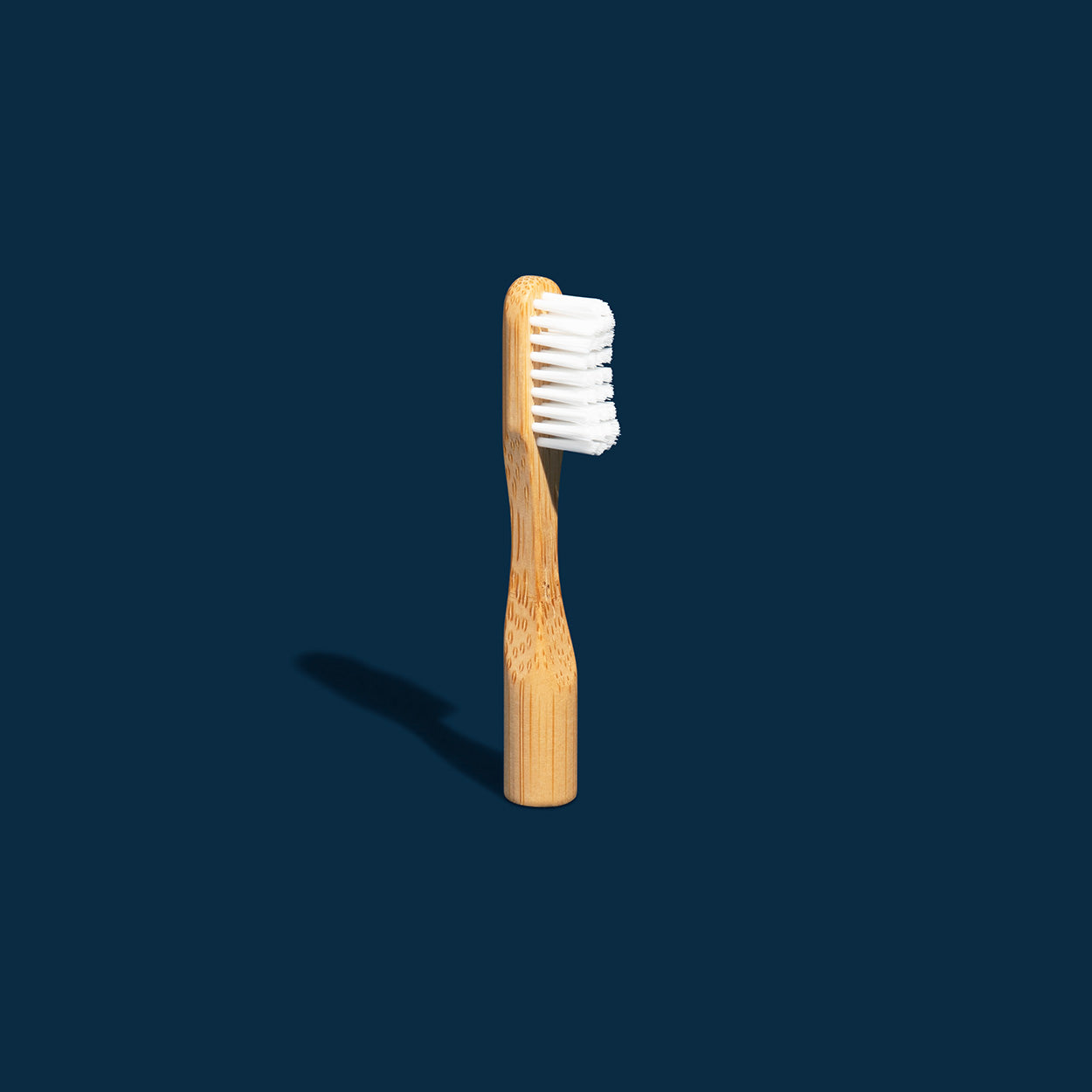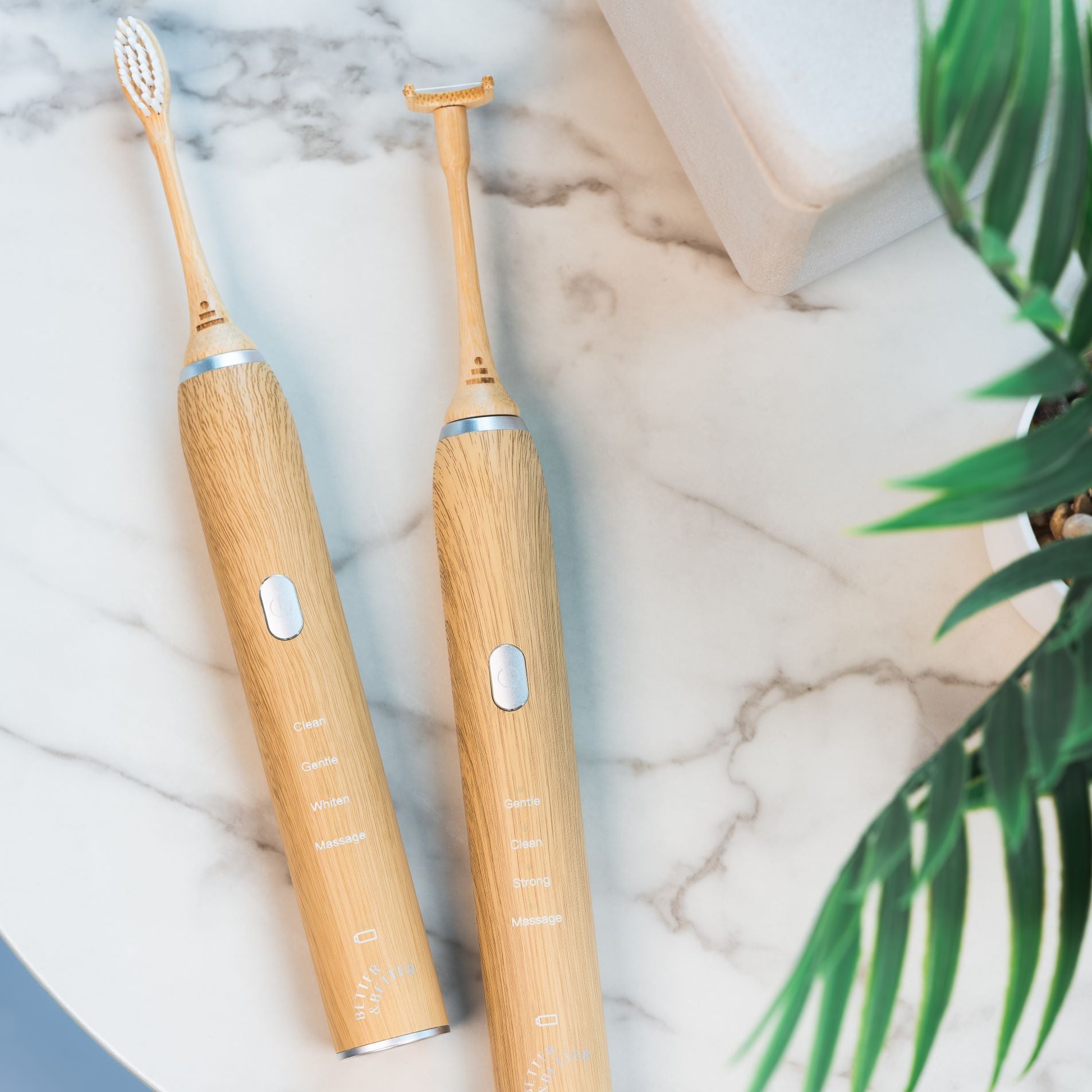Catching rays comes with many health benefits. When you're out in the sun, you’re also boosting your immune system, improving your mood, and increasing your energy levels. But most importantly, sunshine helps you maintain healthy levels of vitamin D, AKA the "sunshine vitamin."
Unfortunately, that’s easier said than done.
Americans spend approximately 90% of their time indoors, according to the EPA. Accordingly, it’s no coincidence that more than 40% of people have a vitamin D deficiency. This raises an important question: If you work somewhere with plenty of natural light or drive on sunny roads, can you get vitamin D through a window?
Spoiler alert: You can't get vitamin D through a window. If you’re confused (and frustrated) you’re not alone.
Read on to learn the sun’s role in vitamin D production, why windows interfere, and how to ensure you get enough vitamin D no matter what your living situation is.
How Does Sunlight Impact Vitamin D Production?
The sun’s rays don’t actually “provide” vitamin D. There aren’t microscopic nutrients floating from the sky into your skin. Rather, your body makes vitamin D when it comes in contact with ultraviolet sunlight—this is called vitamin D synthesis.
There are two types of ultraviolet rays in sunlight:
- Ultraviolet A (UVA) which has a longer wavelength and is linked with premature aging and skin cancer
- Ultraviolet B (UVB) which has a shorter wavelength, causes sunburn, and triggers vitamin D synthesis in your body
When UVB rays hit your skin, a form of vitamin D3 called cholecalciferol is synthesized. Your liver and kidneys then convert cholecalciferol into calcitriol: the active form of vitamin D. Your body needs vitamin D to absorb calcium and phosphorus—the dynamic duo for tooth and bone health.
The recommended daily amount of vitamin D varies depending on age and whether you’re pregnant:
- Adults 19-70 years old: 15 mcg (600 International Units)
- Adults 71 years and older: 20 mcg (800 IU)
- Pregnant and breastfeeding women: 15 mcg (600 IU)
Based on a 2010 study published in the Journal of Investigative Dermatology, researchers recommend exposing 35% of your skin (think shorts and a tank top) to direct sunlight for about 13 minutes per day for “sufficient but suboptimal” vitamin D levels.
In other words, sun exposure alone likely isn’t enough to get adequate vitamin D, especially during the winter months when UV rays are weaker—or when you’re sitting behind a window.
Can You Get Vitamin D Through a Window?
As we mentioned, UVB rays trigger vitamin D synthesis. However, nearly all glass windows and windshields are designed to block UVB rays. This technique (called photoprotection) keeps you from getting sunburned while you’re watching TV or driving to the grocery store—but the flip side is you can’t produce vitamin D.
According to a 2009 study, all types of glass completely blocked UVB rays but only partially blocked UVA rays.
Sitting by a sunny window might be pleasant, but it won’t make a difference in your vitamin D levels. Now what?
Two Ways to Get More Vitamin D
Let’s explore a couple of ways to maintain optimum levels of vitamin D, aside from sunlight exposure.
Eat Foods with Vitamin D
The best food source of vitamin D is oily fish like salmon, sardines, and tuna. Mushrooms, egg yolks, and cheese also have small amounts of vitamin D.
Since there aren’t many foods that naturally contain vitamin D, the nutrient is added to food products like breakfast cereals, orange juice, and yogurt—these are known as “fortified foods.” For example, most dairy milk in America is fortified with about three mcg of vitamin D per cup.
Since the majority of vitamin D-rich foods are animal products, vegans and vegetarians may be at a higher risk of deficiency. (Check out our full guide to vegan vitamin D).
Brush Your Teeth with Vitamin D
Your mouth is full of capillaries that can rapidly absorb nutrients. These tissues can absorb up to 90% of what they come in contact with, which is more efficient than your digestive system. That’s why brushing with sublingual vitamins is ideal for anyone looking to up their vitamin D intake.
For example, our Energy Toothpaste contains eight mcg (micrograms) of vitamin D3 per brush. Assuming you brush twice a day, that adds up to 80% of your daily recommended intake of vitamin D.
Aside from convenience, there are several advantages to brushing with vitamins instead of taking a traditional vitamin D supplement:
- Vitamin pills and capsules often contain unnecessary (and potentially dangerous) additives and fillers.
- Lots of supplements contain vitamin D2 (ergocalciferol) which may not be absorbed as well as vitamin D3 (cholecalciferol). Check out our complete guide to vitamin D2 vs. D3.
- Swallowing pills or capsules can irritate your esophagus and stomach.
- Many vitamin D gummies are loaded with sugar, artificial colors, and chemical fillers.
As you can see, you don’t have to invent new habits to get your daily dose of vitamin D—just make your current ones better.
Getting the Benefits of Sunlight Is a Balancing Act
As dermatologists have pointed out, limiting sun exposure to prevent skin issues can conflict with our need for sunlight to stay healthy. The key is avoiding extremes: it’s not a good idea to bake in the sun all day, but you shouldn’t stay cooped up inside either.
Concerned about having low levels of vitamin D? Ask your doctor about getting your blood levels checked. (The sweet spot is about 20 nanograms per milliliter).
If you thought basking in natural light during the workday was the ultimate hack for vitamin D, we’re sorry to burst your bubble. But the good news is you can find vitamin D in your daily routines like brushing your teeth.



